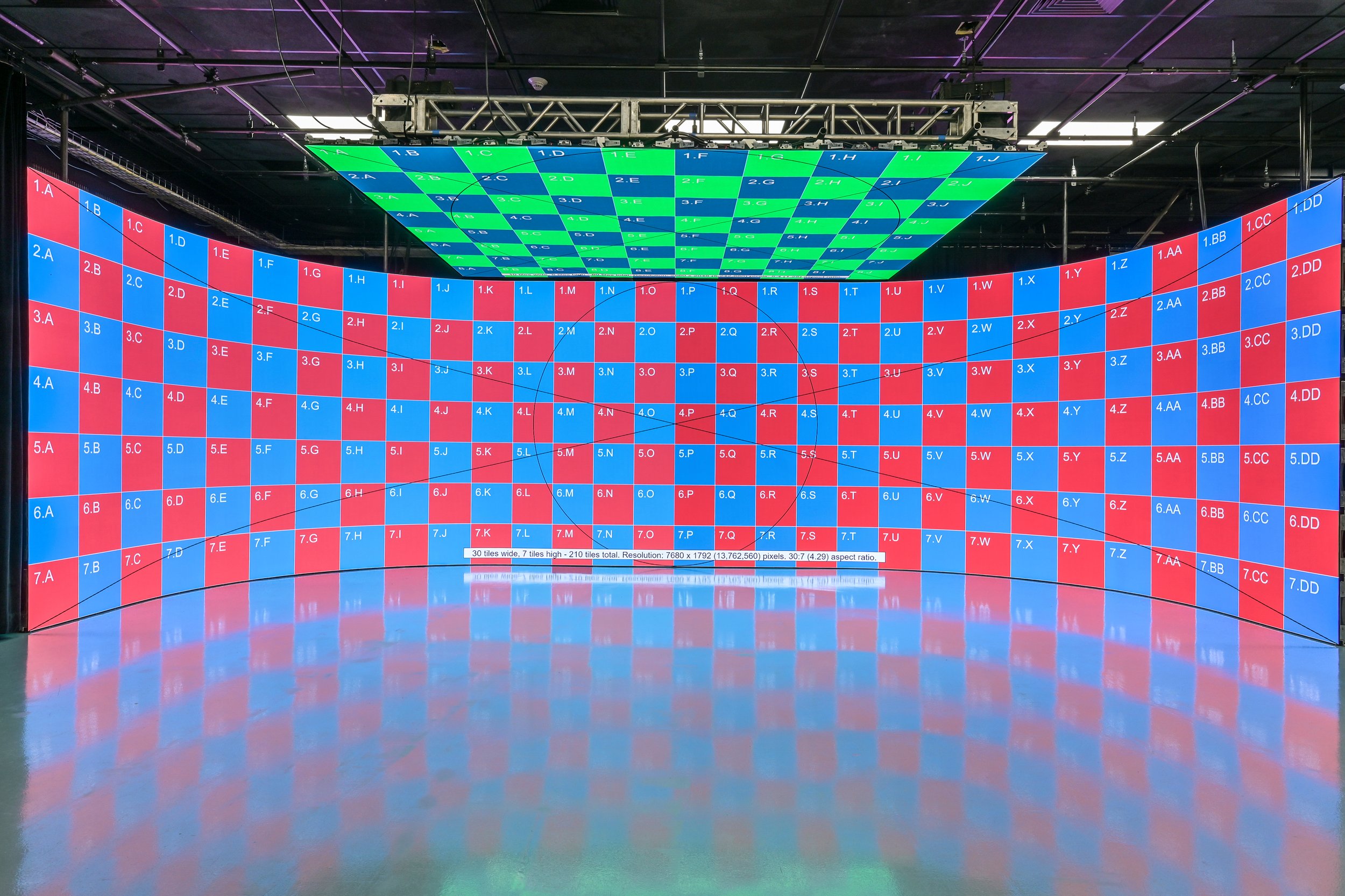Exploring the Longevity of LED Display Panels in Contrast to Conventional Display Methods
Exploring the Longevity of LED Display Panels in Contrast to Conventional Display Methods
Blog Article
LED wall screens have grown progressively popular in current times, especially in settings like schools, corporate spaces, and community areas. These panels use LED lights (LEDs) to produce vivid and lively images. One of the most significant advantages of LED technology is its durability compared to traditional display methods, such as CRT tube tubes (CRTs) and liquid display screens. Understanding the differences in lifespan and performance between these options can assist buyers make knowledgeable choices about their screen requirements.
Traditional screen methods, like CRTs, have been around for numerous years. They were commonly used in televisions and computer monitors. However, CRTs have a shorter lifespan, typically lasting approximately 10,000 to 20,000 hrs of operation. This means that after a few years, consumers may observe a deterioration in picture quality, such as fading or hue distortion. In contrast, LED wall screens can last considerably longer, often exceeding 50,000 hours. This extended lifespan means that consumers can experience consistent performance without the requirement for regular substitutions.
Another important aspect to consider is energy efficiency. LED panel screens utilize less energy than traditional displays, which not only benefits the environment but also reduces electricity costs. For instance, while a CRT screen may use around 100 W of energy, an LED panel can use as few as 30 to 50 W. This discrepancy in energy usage contributes to the overall durability of LED innovation, as reduced power consumption generates minimal thermal energy. Excess heat can harm electrical components, resulting to a shorter lifespan for conventional screens.
In addition to their longer lifespan and power efficiency, LED wall panels also provide superior visual clarity. They offer brighter colors and improved contrast, making them perfect for multiple uses, from marketing to learning displays. The innovation behind LED panels enables for a broader sight perspective, meaning that images stay clear and lively even when seen from the go to website side. This is a major advantage over traditional displays, which frequently experience from color deformation and diminished luminosity at wider perspectives.
In conclusion, the longevity of LED wall screens in contrast to traditional display methods is a crucial aspect for consumers to take into account. With lifespans that can exceed 50,000 hrs, energy conservation, and superior image clarity, LED technology provides many benefits. As innovation continues to advance, LED wall screens are likely to become even more common in various environments. Understanding these distinctions can assist individuals and entities make better choices when purchasing in screen technology, ensuring they get the best worth for their requirements.